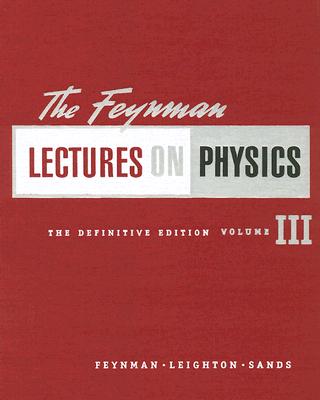


Shortly after Feynman’s death in 1988, Physics Today dedicated a special issue to the physicist. His three-volume Feynman Lectures on Physics remains in print. Recordings of Feynman’s lectures are all over YouTube. In the August 1966 issue of Physics Today, Feynman wrote about “the sequence of events, really the sequence of ideas, which occurred, and by which I finally came out the other end with an unsolved problem for which I ultimately received a prize.” Feynman was also a member of the Rogers Commission that investigated the explosion of space shuttle Challenger he summed up his experiences in an article for Physics Today that ran in February 1988, the month he died at age 69.īesides those and other contributions to theoretical physics, Feynman was an effective and enthusiastic teacher. For his work in developing quantum electrodynamics, he shared the 1965 Nobel with Julian Schwinger and Shinichiro Tomonaga. There, he developed path-integral and diagrammatic approaches to calculating how charged quantum particles behave in an electromagnetic field. After the war, he joined Hans Bethe at Cornell University. Feynman earned a PhD in physics in 1942 from Princeton University, where he was recruited to join the Manhattan Project. Special Relativity Feynman Lectures On Gravitation Principles of Quantum Mechanics Genius: The Life and Science of Richard Feynman Quantum Mechanics. Born on in New York City, Richard Feynman was a theoretical physicist who shared the 1965 Nobel Prize in Physics for his work on quantum electrodynamics. Nobel Prize winning physicist delivers a detailed lecture on the distinction between the past and future, the law of entropy and history of the universe.See.


 0 kommentar(er)
0 kommentar(er)
